The Legacy of Indian Motorcycles: A Historical Overview
Indian Motorcycles, a brand synonymous with American ingenuity and motorcycle innovation, has a storied past that dates back to the late 19th century. Founded by George M. Hendee and Oscar Hedstrom, Indian Motorcycle has navigated economic challenges, world wars, and changes in ownership to remain a symbol of resilience and innovation. This comprehensive article delves into the pivotal moments and key figures that have shaped Indian Motorcycle’s enduring legacy.
Deep History of Indian Motorcycles
In 1897, George M. Hendee established the Hendee Manufacturing Company, which would evolve into the Indian Motorcycle Company. Alongside Oscar Hedstrom, Hendee pioneered the development of gasoline-powered bicycles, marking the beginning of a legacy defined by speed, power, and innovation. This narrative explores the birth, growth, and lasting impact of Indian Motorcycles on American culture and the global motorcycle industry.
George M. Hendee: Visionary Founder
George M. Hendee, an accomplished bicycle racer and manufacturer from Watertown, Massachusetts, founded the Hendee Manufacturing Company in 1897. His collaboration with Oscar Hedstrom in 1901 marked the inception of the Indian Motorcycle. Together, they opened their first factory in downtown Springfield, Massachusetts, producing reliable and powerful machines that established Indian’s reputation for excellence.
Hendee served as the general manager until 1915 and later as president until his retirement in 1916. His post-retirement years were spent in Suffield, Connecticut, where he bred Guernsey cattle and white leghorn chickens, showcasing his commitment to excellence in all endeavours.
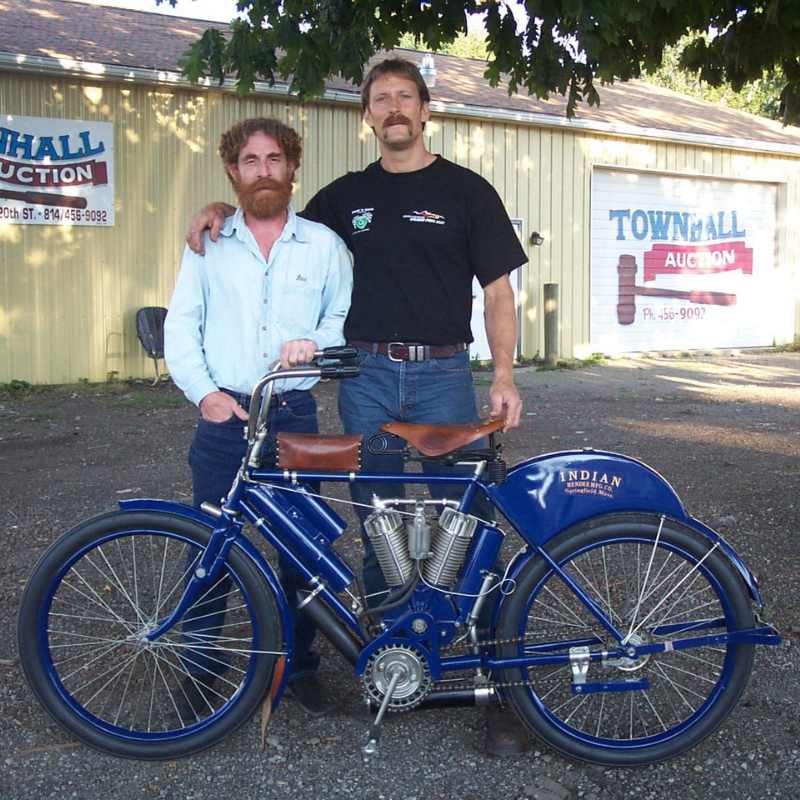
Oscar Hedstrom: Engineering Genius
Carl Oscar Hedstrom, co-founder and chief engineer, played a crucial role in Indian Motorcycle’s early success. Originally from Lonneberga, Sweden, Hedstrom designed the motorized pacing bicycle that set the foundation for the company’s growth. His achievements in endurance racing, including setting a world speed record in 1903, demonstrated the performance and reliability of Indian motorcycles.
Hedstrom’s resignation in 1913 did not diminish his impact on the motorcycle industry. His innovative designs and engineering prowess continue to influence modern motorcycle development.
E. Paul Dupont: Industrialist and Innovator
In 1930, E. Paul Dupont, an eminent industrialist, invested in Indian Motorcycle, bringing new leadership and innovation. Dupont’s strategic vision and the appointment of Loring F. “Joe” Hosley as head of operations led to significant growth and market expansion, solidifying Indian’s position as a leader in the motorcycle industry.
Erwin “Cannon Ball” Baker: A Symbol of Endurance
Erwin “Cannon Ball” Baker’s legendary long-distance rides showcased the durability and performance of Indian motorcycles. In 1914, he set a record by riding from San Diego to the East Coast in just over 11 days. His subsequent achievements, including a record-breaking ride from Canada to Mexico, further cemented his status as a pioneer of endurance racing and an ambassador for Indian Motorcycle.
Records and Accolades: A Legacy of Excellence
Indian Motorcycle’s early 20th-century racing triumphs established its reputation for performance and reliability. Oscar Hedstrom’s 1903 endurance race victory and George Holden and Louis J. Mueller’s transcontinental ride in 1906 set the stage for a series of racing successes. The introduction of the Indian Sport Scout and victories in prestigious events like the Daytona 200 and the Springfield Mile further solidified Indian’s racing legacy.
War-Time Production: Supporting the Troops
Indian Motorcycles played a significant role during both World Wars. From 1917 to 1919, the company produced nearly 50,000 motorcycles for the U.S. military, primarily the Indian Powerplus model. During World War II, Indian Motorcycle focused on producing bikes for the Allied forces, including the Model 841 for the U.S. Army. The company’s contributions totalled $24 million worth of motorcycles and spare parts, reinforcing its commitment to supporting the war effort.
Iconic Models: Shaping the Industry
First V-Twin Factory Race Bike (1906)
The first V-twin factory race bike, introduced in 1906, featured a 39-ci (633 cc) engine, becoming the first American V-twin production motorcycle.
Indian Scout (1920)
Released in 1920, the Indian Scout was celebrated for its speed, reliability, and maneuverability. It became a popular choice for riders and significantly shaped the motorcycle industry.
Indian Chief (1922)
Following the Scout, the Indian Chief became a foundational model for the company’s growth, renowned for its robust performance and lasting impact on motorcycling.
Indian Ace (1927)
The acquisition of Ace Motor Corporation in 1927 led to the release of the Indian Ace, further solidifying the Indian Motorcycle’s innovative production capabilities.
Ownership Changes: Navigating Turbulent Waters
Indian Motorcycle’s history is marked by several ownership changes. The Brockhouse era began in 1953, with John Brockhouse taking over the brand. This period saw the cessation of production and subsequent sale of the brand name to various entities, including Floyd Clymer in 1963 and Stellican Ltd. in 1998. Each transition brought challenges and opportunities, ultimately leading to Polaris Industries’ acquisition in 2011.
Burt Munro: A Legend in Speed
New Zealand’s Burt Munro epitomized the spirit of Indian Motorcycle. In 1967, at 68 years old, Munro set a land speed record of 184.087 mph on his heavily modified 1920 Indian Scout Streamliner. His relentless pursuit of speed and excellence earned him a place in the AMA Hall of Fame in 2006, inspiring generations of riders and engineers.
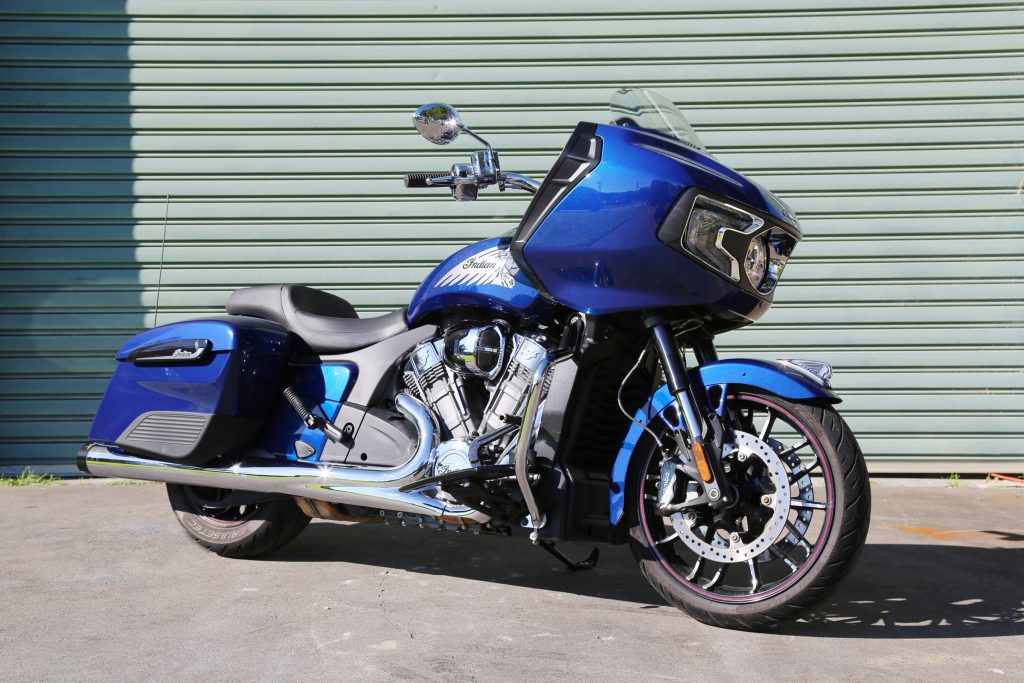
Revival and Modern Era: Polaris Industries’ Influence
The acquisition by Polaris Industries in 2011 marked a renaissance for Indian Motorcycle. Polaris’ resources and expertise reinvigorated the brand, leading to new models, technological advancements, and strategic partnerships. The collaboration with Veteran’s Charity Ride to Sturgis underscores Indian Motorcycle’s commitment to community and legacy.
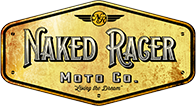

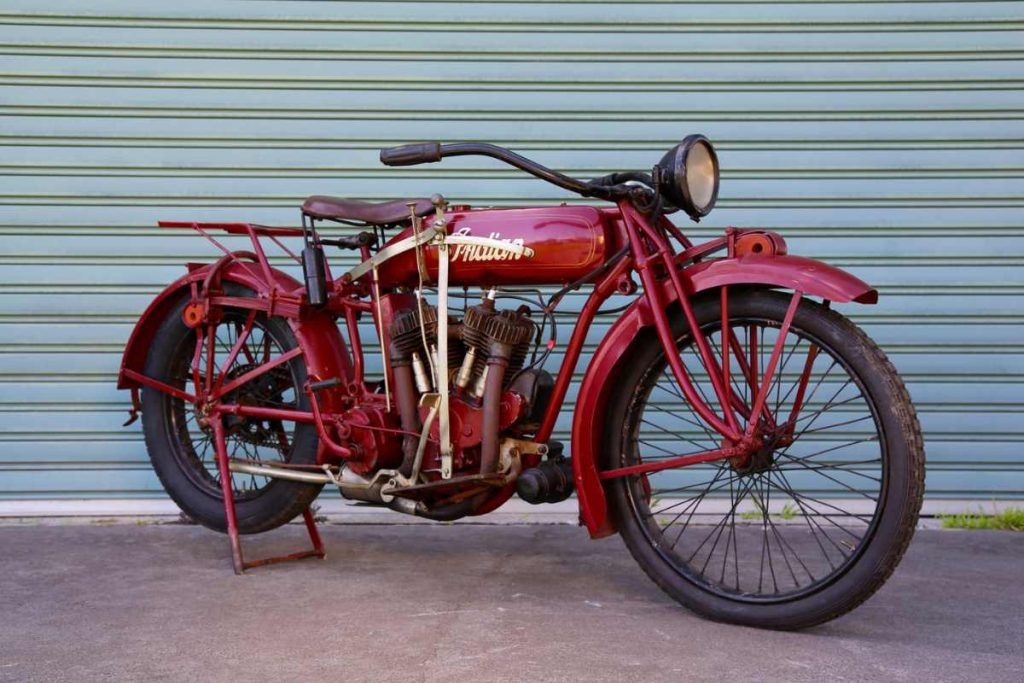
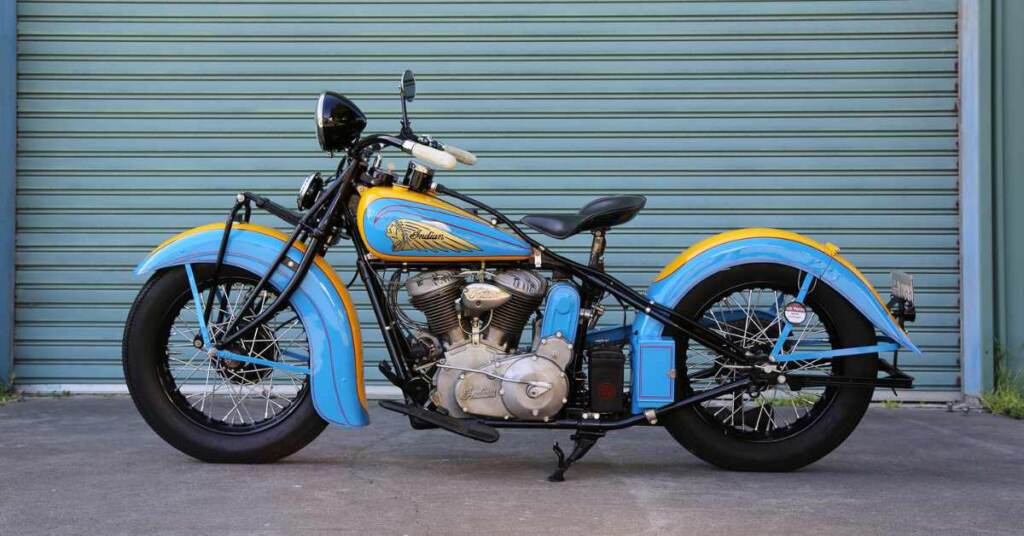
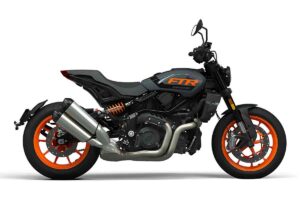
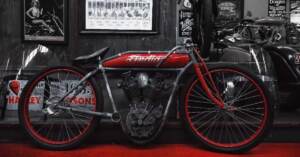


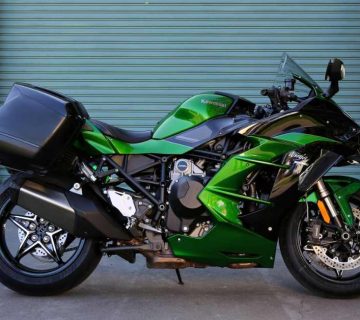
No comment